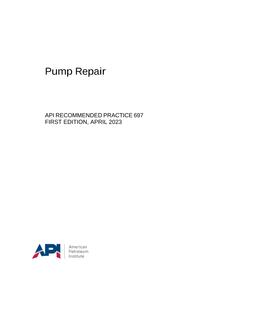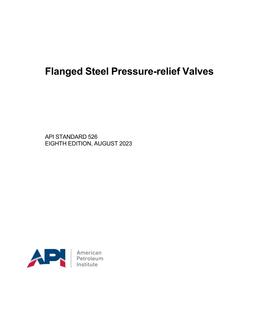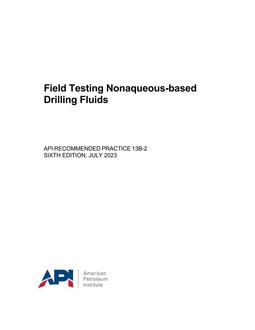
Click here to purchase
This recommended practice (RP) is applicable to hydrocarbon process streams with sulfur-containing compounds, without the presence of hydrogen, that operate at temperatures above approximately 500 °F (260 °C) up to about 1000 °F (540 °C). There is considerable debate in the industry as to the correct threshold temperature for hydrogen-free sulfidation and, in a change in this edition, the API 571 threshold of 500 °F (260 °C) is adopted herein. Experience has shown that little significant corrosion will occur at operating temperatures below 500 °F (260 °C) for hydrogen free sulfidation services without the influence of naphthenic acid corrosion. Mercaptan corrosion, particularly in condensate service, has been reported below this temperature, but is not explicitly covered in the 2nd Edition of RP 939-C. For hydrogen-containing services, the threshold temperature is set at 450 °F (230 °C).
A lower threshold limit for sulfur content is not provided because significant corrosion has occurred in the reboiler/fractionator sections of some hydroprocessing units (which do not contain hydrogen) at measured sulfur or H2S levels as low as 1 ppm.Included in this RP are:
- background to the damage mechanism,
- the most common types of damage observed,
- root causes of sulfidation corrosion,
- methods to predict and monitor the corrosivity of systems,
- materials selection for new and revamped processes, and
- inspection and nondestructive examination (NDE) methods used for detecting sulfidation corrosion.
Corrosion of nickel base alloys in hot H2S environments is excluded from the scope of this document. In addition, while sulfidation can be a problem in some sulfur recovery units, sulfur plant combustion sections and external corrosion of heater tubes due to firing sulfur-containing fuels in heaters are specifically excluded from the scope of this document.
Product Details
- Edition:
- 2nd
- Published:
- 01/01/2019
- Number of Pages:
- 59
- File Size:
- 1 file , 790 KB
- Redline File Size:
- 2 files , 5.8 MB
- Product Code(s):
- C939C02, C939C02, C939C02, C939C02, C939C02, C939C02
- Note:
- This product is unavailable in Cuba, Iran, North Korea, Syria




